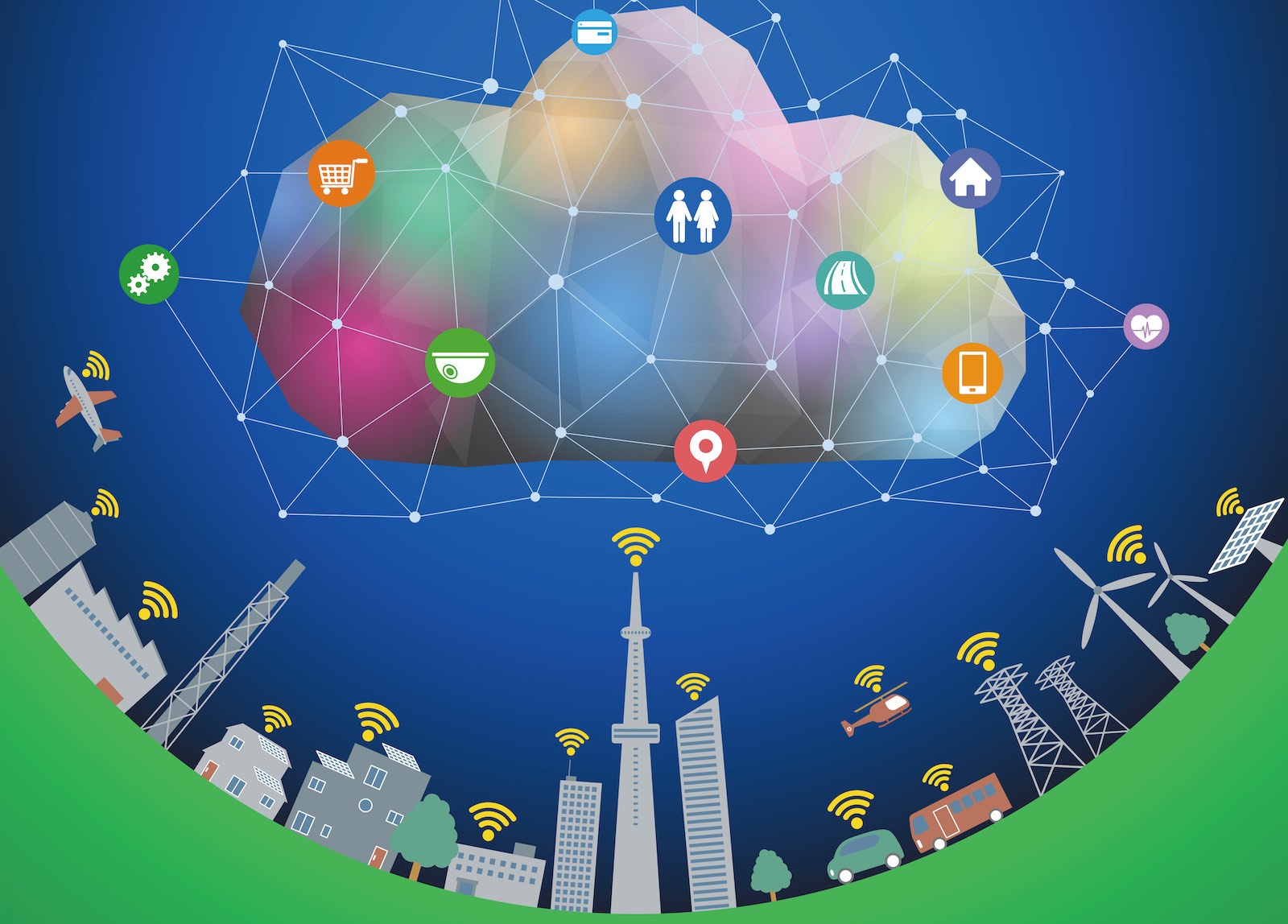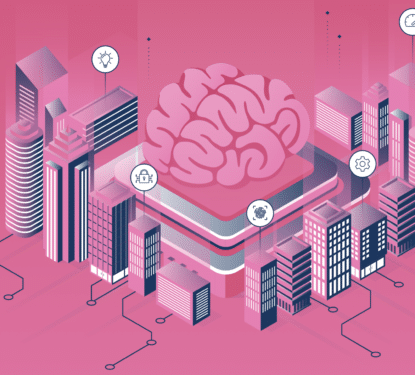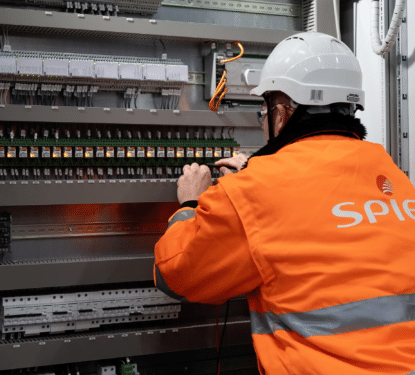Buildings and cities around the world are embracing the Internet of Things (IoT). Intelligent devices are being applied for greater efficiency and performance, while a multitude of sensors gather data on everything and anything. Greater IoT adoption does not simply come down to the addition of more devices and sensors in more buildings however; a solid infrastructure must be put in place to cope with the rapid growth in data and many experts believe this is not happening fast enough.
“Wider adoption of IoT will not come to fruition without the right backbone and the proper infrastructure,” says Bob Kirby, vice president of sales for CDW·G, a technology provider to the government and education sectors.
Kirby believes that, while encouraging the adoption of more devices and sensors is a positive step for the evolution of the IoT, doing so without the proper structure in place could be counterproductive. “The first step is acquiring the devices, sensors and trackers to collect the data. That’s the easy part,” he explains.
The next layer is creating a dedicated and secure wireless network that allows IoT devices to function while not weighing down the wider network. On top of the network layer comes what is perhaps the most important element, cloud storage and data warehouses. The masses of data accumulated by the IoT needs efficient and continuously expanding storage facilities. Furthermore, these storage systems need strong processing ability in order to turn this ‘big data’ into actionable intelligence.
“Perhaps most important, admins should set up cloud storage and data warehouses to keep the information in one place. They’ll need the processing power for analytics and to discover the needle-in-a-haystack type of revelations that can change how agencies do business and operate on a day-to-day basis. Without any of this hardware, agencies are left out of the game.” says Kirby.
Sensors are vital to collect information, storage is crucial to cope with the amount of data, but advanced software is needed to extract intelligence from all that knowledge. Only with this extensive infrastructure can we truly hope to benefit from the full value of the IoT – and for all that you need investment.
“Without an initial investment in infrastructure now, the data revolution for agencies will be slow, if it takes place at all,” predicts Kirby. How much investment is needed is a matter of debate, however published investment figures suggest that governments have been taking this technology evolution seriously for some time now.
According to Business Insider, between 2011 to 2015, the US federal government spent approximately $35 billion on technologies related to the IoT.

Consider the General Services Administration (GSA), as far back as 2012 the agency adopted a smart buildings approach and relied on IoT and a network of sensors to better monitor electricity and water consumption. The sensors produced data focused on solving wasteful utility usage through greater efficiency. Rather than relying on staff to switch off unnecessary lights and HVAC systems, when employees swiped their ID badge the connected network would automatically turn on lights at their work space.
“This may sound mundane, but it is just the beginning of how the government will operate in the future. Increased efficiency has become especially critical in a budget environment where every government dollar matters,” highlights Kirby.
The IoT is not just about lights and environmental controls however, nor is it only about efficiency. It is a broad and multifaceted technological leap that is likely to impact almost every aspect of our modern lives. The need for a well constructed IoT infrastructure is firstly to ensure it functions well and dependably, but also to ensure security in this invasive and hyper-connected new world.
The increasing number of cyber attacks in recent years has been impossible to ignore. When our offices, homes and cars are all connected we will make ourselves dangerously vulnerable to hacking. We’re not talking about leaking credit card information or even losing money; in a connected world hackers could lock you in or out of your house, make an office uninhabitable or even take control of your car remotely - while you’re in it.
IoT devices were at the centre of the biggest hack in history when cyber criminals used IoT enabled devices such as video surveillance cameras and printers, to overwhelm the popular DNS service Dyn. The attack brought down major websites like Twitter, Spotify and Reddit, underlining the vulnerability of our connected society in the IoT era. The IoT can be a great thing for society, or its greatest mistake, if proper infrastructure is not setup.
“In a few short years, IoT has proved to be an incredibly valuable resource for agencies. The promise of the technology is potentially even more attractive,” says Kirby. “Without an initial investment in infrastructure now, the data revolution for agencies will be slow, if it takes place at all.”
[contact-form-7 id="3204" title="memoori-newsletter"]



